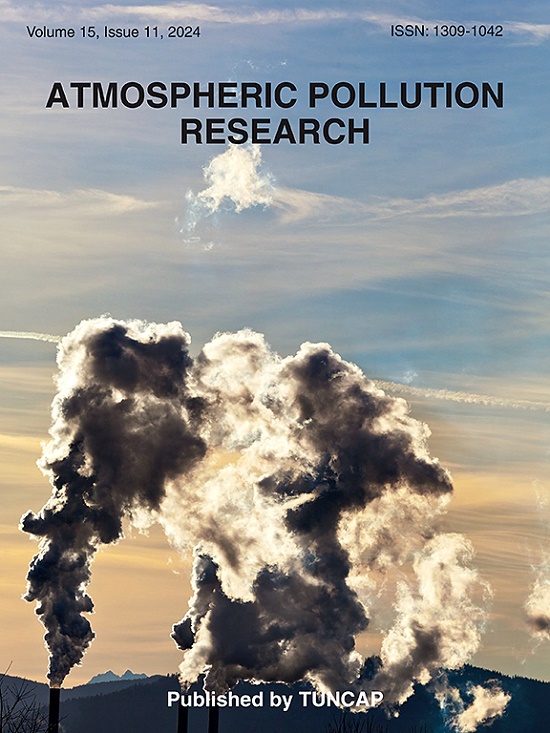Quantitative analysis to define baseline criteria for introducing reduced-emission firecrackers
IF 3.5
3区 环境科学与生态学
Q2 ENVIRONMENTAL SCIENCES
引用次数: 0
Abstract
This research paper emphasizes the crucial role of statistical methods in validating the proposed methodology for the state-of-the-art emission testing facility. This facility is specifically designed for monitoring emissions from developed reduced-emission firecrackers and commercial crackers. Establishing baseline values, derived through statistical analysis of data collected by the emission testing facility, is pivotal in ensuring the production of less polluting firecrackers by the fireworks industry. This, in turn, supports sustainable festival celebrations and events in the future. Statistical techniques such as frequency distribution, regression equations, and the Spearman correlation coefficient were employed to understand the significance of the data and its distribution for calculating standard error and deviation. The baseline values, identified through this statistical analysis, serve as crucial parameters in the evaluation of emission levels. According to the study's findings, the P-value indicates a significant result at P < 0.05. Furthermore, the correlation coefficient between PM10 and PM2.5 is reported to have an R2 value of 0.99, highlighting a strong correlation. This robust statistical foundation strengthens the credibility of the proposed methodology and underscores its importance in advancing the development and monitoring of environmentally sustainable firecrackers.
定量分析以厘定引入减放鞭炮的基准准则
这篇研究论文强调了统计方法在验证最先进的排放测试设施所提出的方法中的关键作用。该设施是专门为监测开发的减排鞭炮和商用鞭炮的排放而设计的。通过对排放测试设施收集的数据进行统计分析得出的基准值,对于确保烟花工业生产污染较低的鞭炮至关重要。这反过来又支持了未来可持续的节日庆祝活动。使用频率分布、回归方程和Spearman相关系数等统计技术来了解数据的重要性及其分布,以计算标准误差和偏差。通过这一统计分析确定的基线值是评价排放水平的关键参数。根据研究结果,P值表示P <; 0.05的显著结果。此外,PM10与PM2.5的相关系数R2值为0.99,显示出很强的相关性。这一坚实的统计基础加强了所提议方法的可信度,并强调了其在促进开发和监测环境可持续鞭炮方面的重要性。
本文章由计算机程序翻译,如有差异,请以英文原文为准。
求助全文
约1分钟内获得全文
求助全文
来源期刊

Atmospheric Pollution Research
ENVIRONMENTAL SCIENCES-
CiteScore
8.30
自引率
6.70%
发文量
256
审稿时长
36 days
期刊介绍:
Atmospheric Pollution Research (APR) is an international journal designed for the publication of articles on air pollution. Papers should present novel experimental results, theory and modeling of air pollution on local, regional, or global scales. Areas covered are research on inorganic, organic, and persistent organic air pollutants, air quality monitoring, air quality management, atmospheric dispersion and transport, air-surface (soil, water, and vegetation) exchange of pollutants, dry and wet deposition, indoor air quality, exposure assessment, health effects, satellite measurements, natural emissions, atmospheric chemistry, greenhouse gases, and effects on climate change.
 求助内容:
求助内容: 应助结果提醒方式:
应助结果提醒方式:


